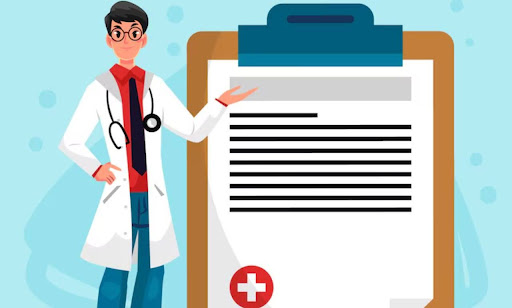With the rise of diseases and ailments, the interest of the audience in knowing about medicines is rising. The medical field is always changing and evolving. To make human life disease-free, dangerous diseases are being treated with the development of new medical solutions and therapies. Factors like climate change, pollution, etc., add to these diseases which forces healthcare practitioners to work hard in order to bring positive outcomes. Trends like personalized treatments and patient education are on the rise which not only encourage doctors but also allows patients to trust doctors on a huge level.
The effort of medical researchers in creating vaccines and antibody therapies showcases how dedicated they are to their jobs. As well as how hard they are trying to combat deadly diseases. The inculcation of medical terminology translation services in the medical industry is proof of how these medical treatments are made understandable for diverse patients.
In this read, we are going to talk about the rise of patient education and what it is in detail. Other than that, we will also be targeting the translation of medical terminologies in detail. So let’s delve in.
Patient Education
Simply speaking patient education refers to empowering patients and individuals to take control of their health and have a say in their medical procedures. It is about educating patients so they know more about their bodies and their trigger points. Hence, patients take a collaborative approach in which they keep in touch with healthcare providers. Here, the crucial role is that of a doctor in grabbing the patient’s interest and leading them towards their own better health.
The impact of patient education is increased patient satisfaction with medical treatments and other related processes. These medical specialists give patients precise and understandable information about their conditions, available therapies, and self-care methods. Let’s add that the English term “doctor” means “to teach” and is a Latin word. Hence, it is the job of a doctor to teach medical terms and other things to his/her patients.
Talking About Medical Terminology and Their Translations
We all know how difficult medical terminologies are and how difficult they are to understand. If we only talk about prescriptions written by doctors, they are even so hard to read. And even if one can read them, still they can’t understand the names of medicines. So what we do is, we go to a pharmacist and hand them over the prescriptions, so that they could make us understand as well as tell us about when to eat which medicine.
When there arises a linguistic difference between doctors and patients, that’s when there is a need for a facilitator. This facilitator is the medical terminology translation. The important part of medical terminology translation is to know who your target audience is. This is why it is always wise to hire medical translators who are aware of both the source and target languages. The reason behind hiring medical translators is to ensure that the targeted audience understands in detail about their medical situation. In this way, the knowledge gap is bridged and doctors and patients both come to an understanding level.
Importance of Medical Translation in Patient Education
When it comes to diverse and multilingual healthcare settings, translation becomes an important and necessary part. With translation, patients are more likely to actively engage in their care, ask questions, and speak up for themselves when they can comprehend the medical information in their mother tongue.
If we subjectively talk about medical translations, then not only medical terminology translation is needed but also medical device translation services. In this way, patients can use certain devices and become more aware of their health. Imagine you want to use a blood pressure machine, but the manual is in Spanish and you don’t understand Spanish at all.
With medical device translation, even device manuals are translated which means you can use the device whenever you want. There are even certain medical apps such as Teladoc Health, and mySugr which require translations as their interfaces need to align with the text on the screen.
All of this directly adds to patient education whose sole goal is to ensure that patients are aware of their medical state and collaborate with doctors. Not only do doctors get to achieve their goals but also patients actively participate in medical campaigns.
Final Words!
To sum up, patient education is very necessary in the medical industry where patients themselves develop an interest in their treatments. With medical device translation, these patients can access medical devices and use them without the aid of doctors. And with medical terminology translations, tough and hard medical terms are translated to the native language of the target audiences so that they can understand documents like informed consent forms, medical prescriptions, discharge documents, etc.
